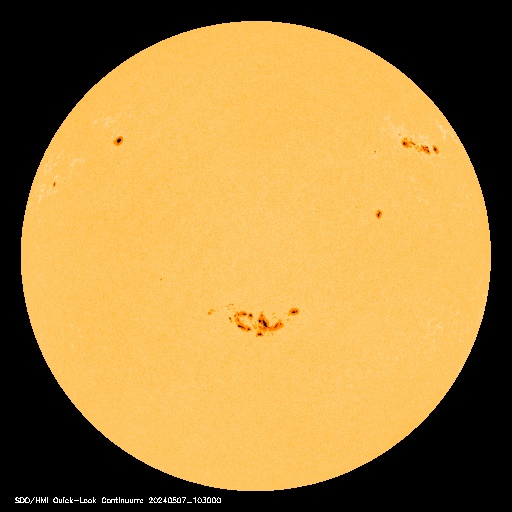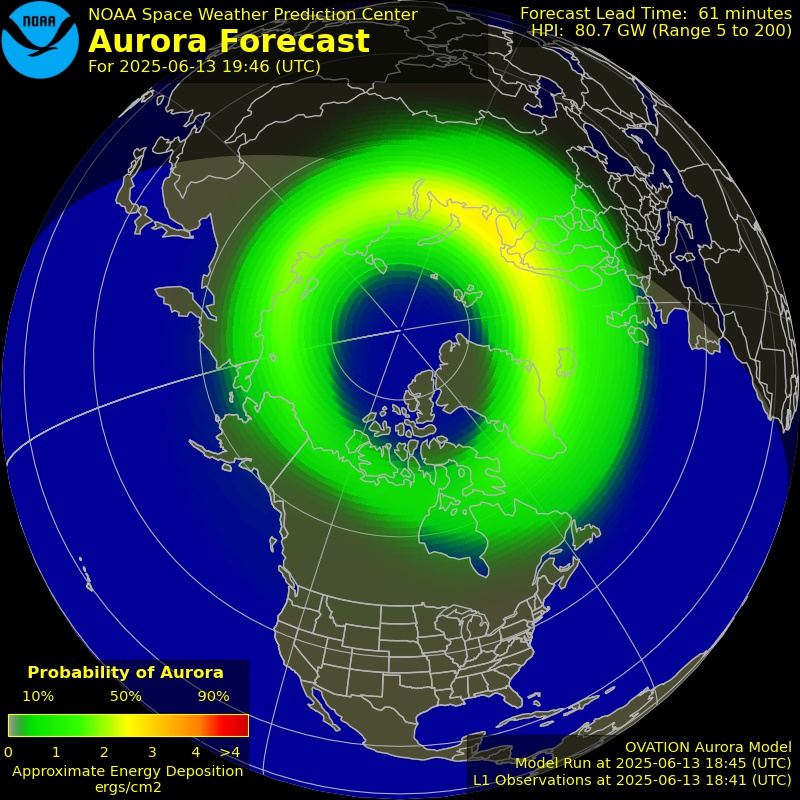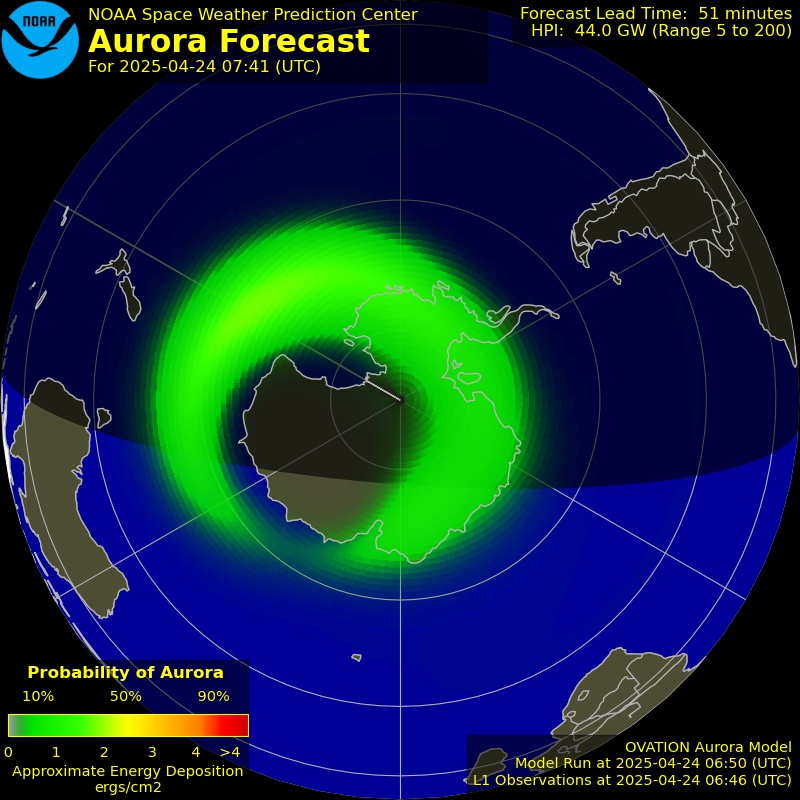 Starting in 1992, astronomers have become aware of a vast population of small bodies orbiting the sun beyond Neptune. There are at least 70,000 “trans-Neptunians” with diameters larger than 100 km in the radial zone extending outwards from the orbit of Neptune (at 30 AU) to 50 AU. Observations show that the trans-Neptunians are mostly confined within a thick band around the ecliptic, leading to the realization that they occupy a ring or belt surrounding the sun. This ring is generally referred to as the Kuiper Belt.
Starting in 1992, astronomers have become aware of a vast population of small bodies orbiting the sun beyond Neptune. There are at least 70,000 “trans-Neptunians” with diameters larger than 100 km in the radial zone extending outwards from the orbit of Neptune (at 30 AU) to 50 AU. Observations show that the trans-Neptunians are mostly confined within a thick band around the ecliptic, leading to the realization that they occupy a ring or belt surrounding the sun. This ring is generally referred to as the Kuiper Belt.
The Kuiper Belt holds significance for the study of the planetary system on at least two levels. First, it is likely that the Kuiper Belt objects are extremely primitive remnants from the early accretional phases of the solar system. The inner, dense parts of the pre-planetary disk condensed into the major planets, probably within a few millions to tens of millions of years. The outer parts were less dense, and accretion progressed slowly. Evidently, a great many small objects were formed. Second, it is widely believed that the Kuiper Belt is the source of the short-period comets. It acts as a reservoir for these bodies in the same way that the Oort Cloud acts as a reservoir for the long-period comets.
Occasionally the orbit of a Kuiper Belt object will be disturbed by the interactions of the giant planets in such a way as to cause the object to cross the orbit of Neptune. It will then very likely have a close encounter with Neptune sending it out of the solar system or into an orbit crossing those of the other giant planets or even into the inner solar system.
There are presently nine known objects orbiting between Jupiter and Neptune (including 2060 Chiron (aka 95 P/Chiron) and 5145 Pholus). The IAU has designated this class of objects as Centaurs. These orbits are not stable. These objects are almost certainly “refugees” from the Kuiper Belt. Their future fate is not known. Some of these show some cometary activity (i.e., their images are a little fuzzy indicating the presence of a diffuse coma). The largest of these is Chiron which is about 170 km in diameter, 20 times larger than Comet Halley. If it ever is perturbed into an orbit that approaches the Sun it will be a truly spectacular comet.
Several Kuiper Belt objects have been discovered recently including 1992 QB1 and 1993 SC. They appear to be small icy bodies similar to Pluto and Triton (but mostly smaller). There are more than 800 known trans-Neptunian objects (as of early 2004). Many orbit in 3:2 resonance with Neptune (as does Pluto). Colour measurements of some of the brightest have shown that they are unusually red. In late 2002, a Kuiper Belt object over 1000 km in diameter was discovered and provisionally designated 2002 LM60 “Quaoar”. In early 2004 an even larger one, 2004 DW, was found (its size isn’t well known yet, but it’s almost certainly smaller than Pluto). And in late 2005 the discovery of 2003 UB313 (now officially named “Eris”) was announced; it is very likely somewhat larger than Pluto.
It is estimated that there are at least 35,000 Kuiper Belt objects greater than 100 km in diameter, which is several hundred times the number (and mass) of similar sized objects in the main asteroid belt.
Some astronomers believe that Neptune’s moon Triton, and Pluto and its moon Charon are merely the largest examples of Kuiper Belt objects (Pluto can still be considered a member of the Kuiper Belt in addition to its classification as a “dwarf planet”).
| Solar System Links & Resources | |||||
| Kuiper Belt Links & Resources | ||||||||||||
|
||||||||||||
| Kuiper Belt eBooks & Articles | |||||
|
|||||
[phpbay]Kuiper Belt, 100, “”, “”[/phpbay]
Kuiper Belt Videos:
[tubepress mode=”tag” tagValue=”Kuiper Belt”]
| [phpostock]Kuiper Belt,1[/phpostock] |
Filed under: Astronomy News • Kuiper Belt




















Yes technically there is a core, you couldn't really stand on it, it is most likely a liquid.
Jupiter, Saturn, Uranus, and Neptune are often called gas giants. They are basically gigantic gas balls compared to Earth and the other three rocky inner planets, or to the icy "dwarf planets" (Main-Belt asteroid Ceres and Pluto and its ice moon Charon, which are also classed as large Edgeworth-Kuiper (E-K) Belt objects). The four giant planets are comprised mostly of an outer layer of molecular hydrogen and helium and a much thicker layer of metallic hydrogen. However, each may have a small solid core as large as three to 20 Earth masses at their center. Sometimes they are called "Jovians" because Saturn, Uranus, and Neptune are considered to be very similar to Jupiter ("Jove" is a variation of Jupiter in Latin).
1. There is evidence of meteorite hits and cometary hits on Earth across the geologic column, but it's difficult to find evidence of ones unless they're REALLY big. For example, it took literally decades after the discovery of the dino-killer one to find really solid evidence of its effects throughout the world. And that left a 170-km-diameter crater. Smaller ones are much more difficult to find and nail down, and even more difficult to date.
2. It wouldn't be a 1 day every 27-million-year occurrence. There would be a time period over which it would affect orbits, but I do not know how long that would be. I would guess it would be longer than the thousand-year scale, and it would also then take time for the cometary nuclei to actually reach the inner solar system.
3. It's difficult to date individual features on Mars, even ones that can be as large as craters. The larger the crater, the easier it should be, but the larger the crater in general the older it is (talking about 100-200+ km craters in this case). This makes them more difficult to date because they're eroded, and you generally have to rely on a lot of geologic mapping and dating of larger craters superimposed on the rims to get something that's reasonably accurate. In other words, very few craters on Mars actually have an age assigned to them, though I will be doing this in a year or two for some more interesting ones. But, this is far from putting it into a 27-Myr cycle.
The IAU vote was rigged by the Neptune faction, as Neptune didn't like getting upstaged by what it considered as an upstart moon and found the idea that Pluto's moon being one quarter the mass of pluto to be ridiculous – conspiracy theorist conjecture that Mike Brown was in the pay of Miranda, the shadowy associate of the Neptune faction and that Eris was not in fact a Kuiper Belt Object, but just clever trickery with a pebble and a telescope and was in fact shot on the same studio that they faked the moon landing
Anybody else looking for Kuiper Belt Objects today? Didn't think so. #nerdalert